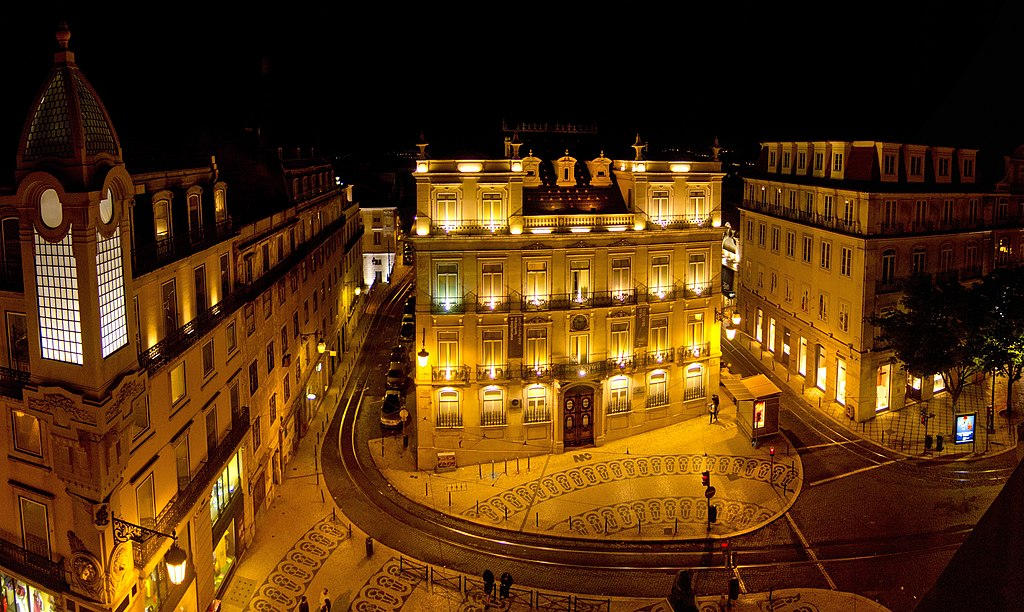During the Middle Ages, Chiado served as a settlement for North European Crusaders during the Siege of Lisbon in 1147. Following the Christian reconquest, the area became home to several convents, including St Francis Convent, Espírito Santo da Pedreira, Trindade Convent, and Carmo Convent.
In the 16th century, urbanization expanded beyond the city walls, leading to the development of the present-day Bairro Alto area. The gates and walls of Chiado were eventually demolished in the 18th century.
The devastating 1755 Lisbon earthquake caused significant damage to Chiado, resulting in the destruction of houses, churches, and convents. The Marquis of Pombal, an influential figure in the Enlightenment era, led the reconstruction efforts and implemented a plan that included the revitalization of Chiado. New streets were created to connect the district with the Baixa Pombalina area.
As part of the rebuilding process, magnificent churches were constructed in the Rococo-Baroque style, such as the Mártires Basilica, Encarnação Church, and Loreto Church, which belonged to the Italian community in Lisbon.
Exploring Chiado allows travelers to delve into the fascinating layers of its past while enjoying the lively atmosphere of one of Lisbon's most cherished districts. From its Roman roots to the resilience shown in the face of natural disasters, Chiado continues to captivate visitors with its charm, history, and artistic spirit. One of the district's main highlights is the elegant and iconic Café A Brasileira, a beloved gathering spot for intellectuals since the late 19th century. Here, you can indulge in a cup of aromatic coffee and immerse yourself in the ambiance that inspired countless artists and writers.
Lisbon.vip Recommends
Chiado is also a paradise for shoppers and fashion enthusiasts. Rua Garrett, the district's main shopping street, offers a plethora of upscale boutiques, international brands, and local designer stores. From fashion to jewelry and unique souvenirs, there's something to satisfy every taste and style.
Art lovers will delight in the district's numerous art galleries and museums. The Chiado Museum showcases an impressive collection of Portuguese art from the 19th and 20th centuries, while the National Museum of Contemporary Art presents avant-garde works by renowned Portuguese artists.
When it comes to gastronomy, Chiado boasts a diverse culinary scene. From traditional taverns serving delectable petiscos (Portuguese tapas) to sophisticated restaurants offering contemporary cuisine, there's a delightful array of dining options to satisfy even the most discerning palate.
In the evening, Chiado truly comes alive. The district is home to several theaters, including the iconic São Luiz Municipal Theater, where you can enjoy captivating performances ranging from theater and dance to music and comedy.
Chiado's central location makes it an ideal starting point for exploring other neighborhoods. Just a short walk away, you can visit the historic Alfama district with its narrow streets and Fado music, or hop on a tram and venture to the picturesque Belém area.
Whether you're seeking cultural immersion, culinary delights, or simply a leisurely stroll through charming streets, the Chiado district promises an unforgettable experience. Embrace the enchanting allure of Lisbon's Chiado and let its timeless beauty captivate your senses.
Map View



